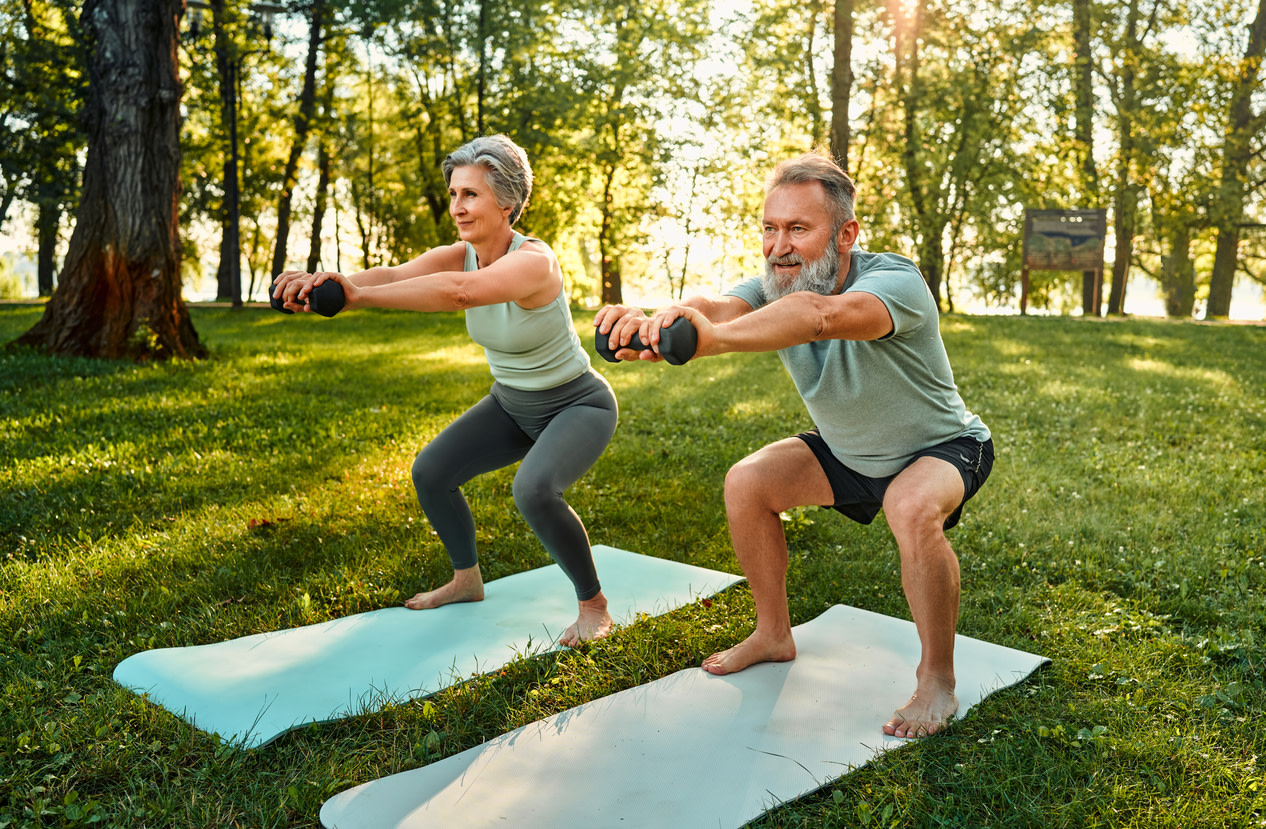10 Knee Strengthening Exercises, Recommended by Physical Therapists
Learn about the importance of knee strengthening exercises and which ones are recommended by physical therapists.
0 $ pour vous
Dernière mise à jour : Oct 23, 2025
Table des matières
Fully covered knee pain relief
Find relief from knee pain, knee locking, stiff knees, & more.
Check if I'm eligible1. Hamstring Curl
Hamstring Curl
This exercise uses your back thigh muscles to lift your lower leg, engaging your hamstrings and glutes at the same time. As you get stronger, you can add a resistance band for an additional challenge.
1. Hamstring Curl
Hamstring Curl
This exercise uses your back thigh muscles to lift your lower leg, engaging your hamstrings and glutes at the same time. As you get stronger, you can add a resistance band for an additional challenge.
2. Knee Extension
Knee Extension
Because you’re seated, this puts a lower load on the patellar tendon. As you get stronger, you can add more resistance with a band or ankle weights.
2. Knee Extension
Knee Extension
Because you’re seated, this puts a lower load on the patellar tendon. As you get stronger, you can add more resistance with a band or ankle weights.
3. Straight Leg Raise
Straight Leg Raises
This move strengthens the quads and the hip flexor muscles. This can be a really great move if you have more advanced osteoarthritis — it tends to be less irritating to the knee.
3. Straight Leg Raise
Straight Leg Raises
This move strengthens the quads and the hip flexor muscles. This can be a really great move if you have more advanced osteoarthritis — it tends to be less irritating to the knee.
4. Squat
4. Squat
5. Calf Raises
Calf Raises
5. Calf Raises
Calf Raises
6. Mini Lunges
6. Mini Lunges
7. Forward Step Up
7. Forward Step Up
9. Side Lying Leg Raise
Side Lying Leg Raise
This helps to strengthen hip abductor muscles, the muscles on the outside of your hip joint.
9. Side Lying Leg Raise
Side Lying Leg Raise
This helps to strengthen hip abductor muscles, the muscles on the outside of your hip joint.
